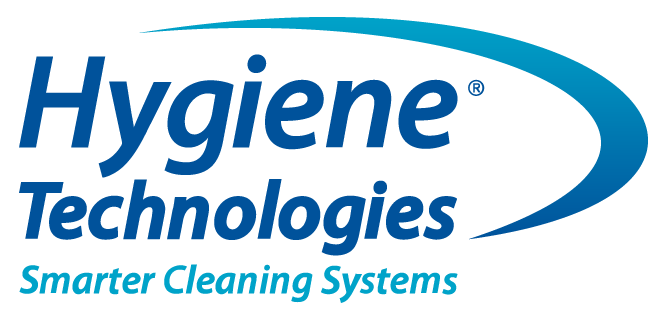Hello Guest,
July 2019
Firstly, there is a bit of a caveat on this info – that is often you’ll find that there have been rough floors put in the wrong areas such as floors designed to be washed down with hoses put in areas where there are no drains. This is an issue which is very hard to solve with any type of mop – the ideal solution is to actually get the flooring replaced with a proper flooring that is fit for purpose.
There are a number of issues with string mops – yes, I know that we sell them and yes, I know that some string mop systems are better than others, but the standard string mop out there really is no more than a ‘leveller’ – it applies detergent and water to a floor, mixes up the dirt with the detergent and levels it out so it’s nice and uniform across the floor. Sure, it picks up some of the soil but most of it is distributed across the floor. People think that they are doing a great job by string mopping a floor, but they are usually making the premises or the floor they are cleaning actually dirtier.
So is the mop the right tool to be using?
This is a great question and the answer to it really depends on the floor surface, the floor type and whether it’s drained. Any floor that is drained and will not be affected by a wash down system (the wash down water isn’t going to splash up onto a wall that is not designed for it) is best to be washed with a broom or a some sort of agitation tool that will clean the floor well. Then you can squeegee down the drain – that removes the dirt the best out of anything. Sometimes though, there are areas where you cannot squeegee and there are no drains, so you really need to mop.
Supposing a mop is the best tool to use, this really brings us to what type of mop is best to use. In nearly every situation you are best to go to microfibre which is the more modern type of mop – a flat mop. There’s a lot better contact with the floor and the microfibre itself will actually pull the dirt off the floor and hold it in suspension. It works at a very tiny level and can get into areas where a lot of string mops will not even touch. The benefit is that it holds the soil in the mop until the mop is full and is washed out properly and so it’s actually removing the soil not just spreading it around the floor.
There are a number of types of microfibre which are made for commercial use, are very good quality and have long life, but you need to make sure you select the right one for your particular application.
General Purpose – Micromop
The workhorse of the range. Use damp, for all hard floor types except ‘safety grip’ vinyl or tiles.
Product codes: FC200, FC204, FC208
Long pile Micromop
Long, dense microfibre pile for specific applications. Use dry, for excellent very fine dust removal in one pass. Use damp, (40cm size only) for removing heavy grease build-up or stainless steel and smooth floors.
Product codes: FC206, FC209, FC210
Robust Mop
Specialist mop. Use damp, for scrubbing ‘safety grip’ vinyl or tiles and profiled floors and removing shoe-scuff marks. Use wet, for applying acrylic floor polish to floors.
Product codes: FC212, FC216
Disposable Microfibre Mop
Single use, high performance microfibre mop – for critical hygiene situations or when laundering is not feasible. Use dry, for fine dust removal. Use damp, for general hard floor cleaning.
Product codes: FC410
Here are some of our best performers along with what they are used for, but what we suggest you do is reach out to our team by simply filling in the form below and we will help you out by asking you a few questions on what your particular soil type is and what your floor type is to make sure it’s just the best option for you.
Posted by Dayle Senior




